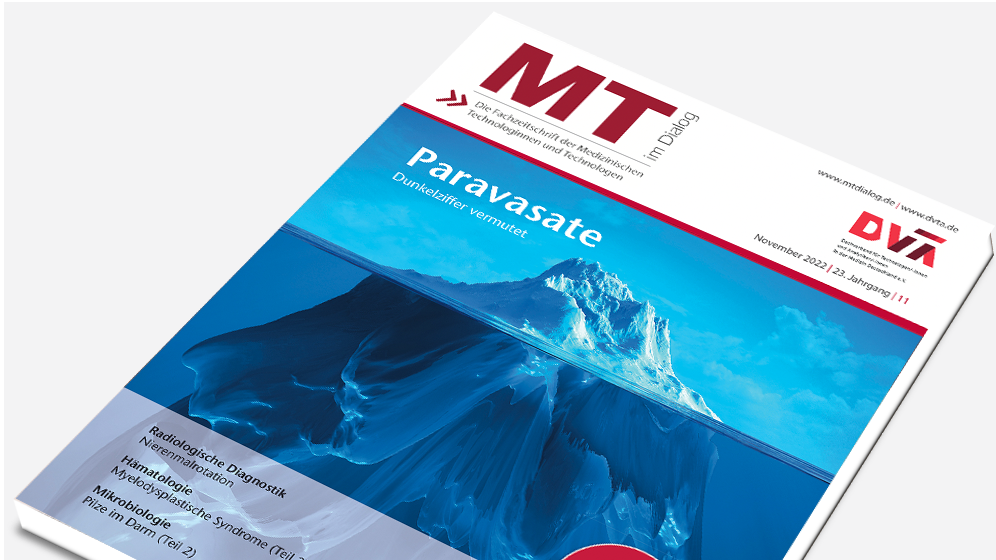Abstract
Numerous studies confirm the association between peripheral arterial disease (PAD) and a substantially increased cardio- and cerebrovascular risk. The lifetime of PAD patients is dramatically reduced. The life expectancy is lower than that of patients suffering from breast cancer or Hodgkin‘s disease. However, PAD (popularly known as “intermittent claudication”) is being underdiagnosed. Patients often dissimulate the symptoms of the disease and relate them to age and infirmity. The ankle brachial index can be used to diagnose PAD as a strong marker for generalised atherosclerosis, even in asymptomatic patients. So, the ABI should be implemented as a screening tool into daily medical practice.
From MTA Dialog 8/2017, translated by mt g medical translation GmbH & Co KG
Dann nutzen Sie jetzt unser Probe-Abonnement mit 3 Ausgaben zum Kennenlernpreis von € 19,90.
Jetzt Abonnent werden


